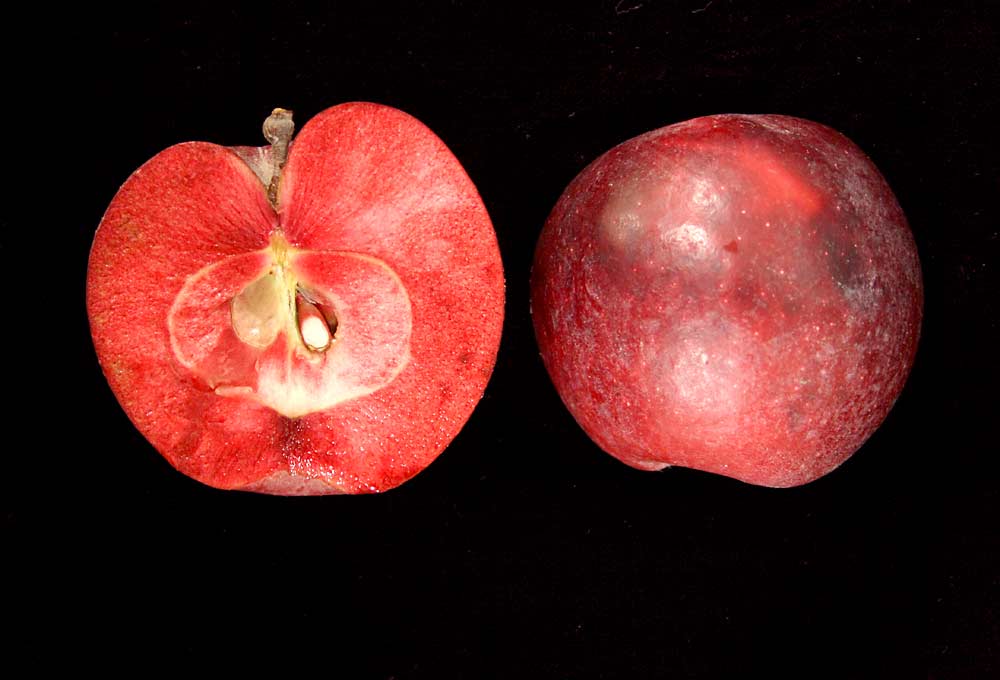
Red-fleshed apples offer a unique hue that appeals to both hard and sweet cidermakers looking for something distinctive to catch consumers’ attention. Unfortunately, red-fleshed apples also are comparatively rare, and most that exist lack the characteristics — such as size and reliability — required for commercial harvest.
Breeding and varietal evaluation programs are looking to rectify the shortage. Most programs are focused on red-fleshed varieties for fresh eating, but Michigan State University breeders are focusing on juice apples. Steve van Nocker, the horticulture professor who started the program, sees more potential in the existing red-flesh gene pool for juice production.
Cideries, wineries and breweries now make rosé hard ciders, but, without an adequate supply of red-fleshed apples, many cidermakers have to use additives to put the red color in their juice, said Christopher Gottschalk, an MSU graduate research assistant working with van Nocker.
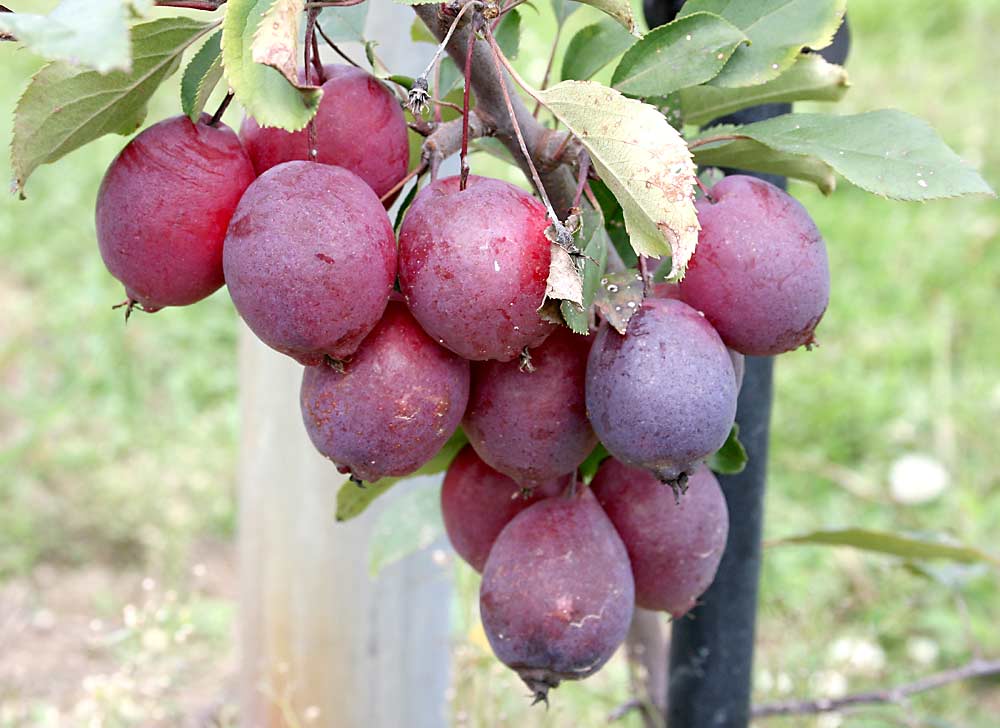
The MSU program started distributing two commercially viable red-fleshed varieties a few years ago and is breeding others — with the ultimate goal of providing large and dark-red varieties suitable for commercial production, Gottschalk said.
Van Nocker began studying red-fleshed apples more than a decade ago. He visited apple collections around the world and cataloged thousands of cultivars, from which he identified about 120 with appreciable levels of red flesh. Of those, van Nocker selected 12 he thought might grow well in Michigan. He and his team of research assistants planted dozens of trees of each variety at MSU’s Clarksville Research Center and spent the next few years evaluating the harvests. Two commercially viable varieties emerged: Otterson and Cranberry.
The next step was using Otterson and Cranberry — and two other red-fleshed varieties, Robert’s Crab and Irene — as parental lines in a small-scale, marker-assisted breeding program they named the Michigan PureRed Breeding Project. Van Nocker and his team made crosses between the four red-fleshed varieties and between those varieties and high-value commercial varieties such as Honeycrisp, Gala, Golden Delicious and Fuji. Those trees also are housed at the Clarksville center.
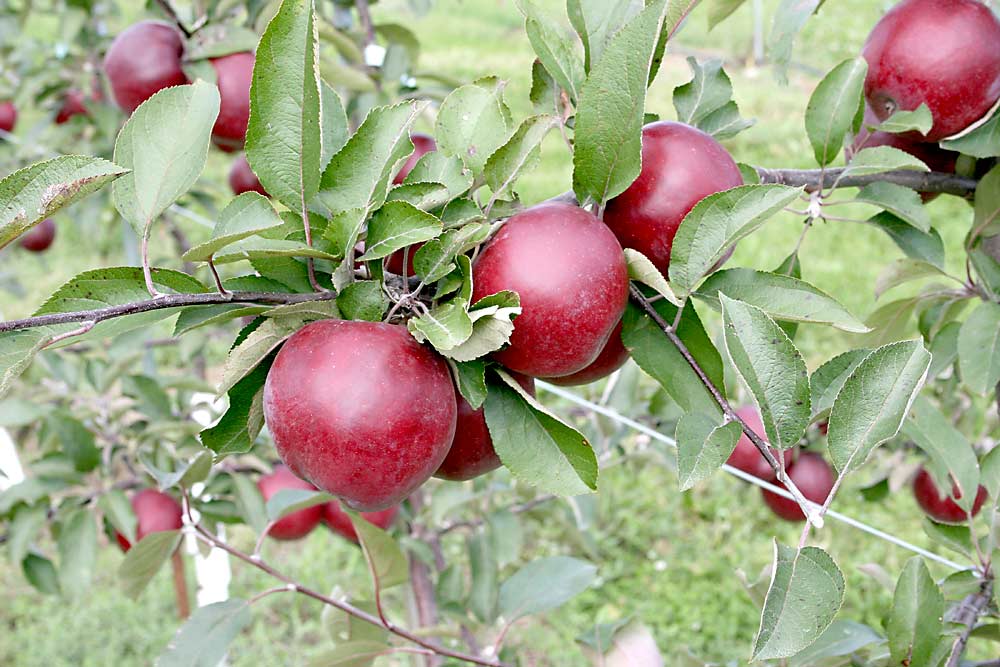
Commercial potential
Most of the interest so far has come from hard cider producers. Gottschalk said red-fleshed apples have attributes, in addition to their color, that lend themselves well to hard cider, including bitterness, sugar and acidity.
Gottschalk distributes Otterson and Cranberry apples to cidermakers across the country, who’ve been using them to make red ciders for the past few years.
Bryan Ulbrich, the owner of Left Foot Charley, a Traverse City, Michigan, winery that also makes cider, started getting red-fleshed apples from Gottschalk a few years ago. Ulbrich and his cidermakers decided not to blend their first samples of Otterson with other varieties. They wanted to learn what kind of cider it could make on its own.
“We took a very simplistic approach,” Ulbrich said. “We crushed and pressed the apple, then let it ferment to see what it would do.”
The result was Otterson Apple Cider, a single-variety rosé cider. Reactions from customers have been positive. Otterson is a dry, rustic cider that appeals to “hardcore cider drinkers,” Ulbrich said.
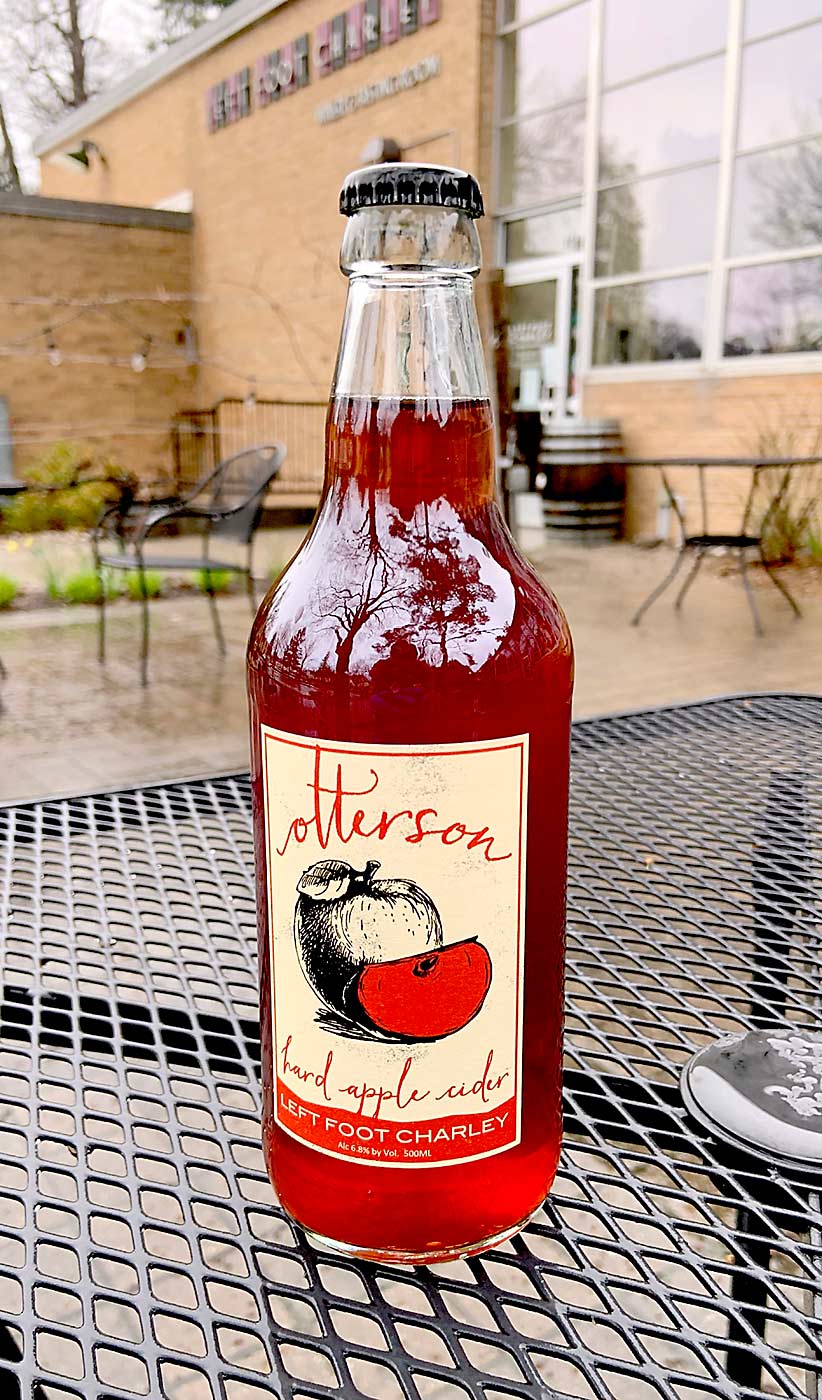
“It drinks almost like a red wine,” he said. “It’s got some teeth, some meat to it.”
Left Foot Charley gets enough Otterson apples from the trial to make about 80 gallons a year, or roughly 400 bottles of Otterson Apple Cider. They’d love more. Clarksville supplied local grower-suppliers with Otterson scion wood, but those trees will take a few years to produce, Ulbrich said.
Ulbrich likes Otterson’s versatility. On top of its red color, it has other qualities cidermakers want, including good amounts of tannins, acid and sugar.
Gottschalk said Otterson stood out from its red-fleshed brethren because it is comparatively large and easy to harvest. It makes for a “fantastic” single-variety cider, but it’s not great to eat fresh. Otterson has a “mature strawberry or raspberry aroma” and seems to be an annual bearer.
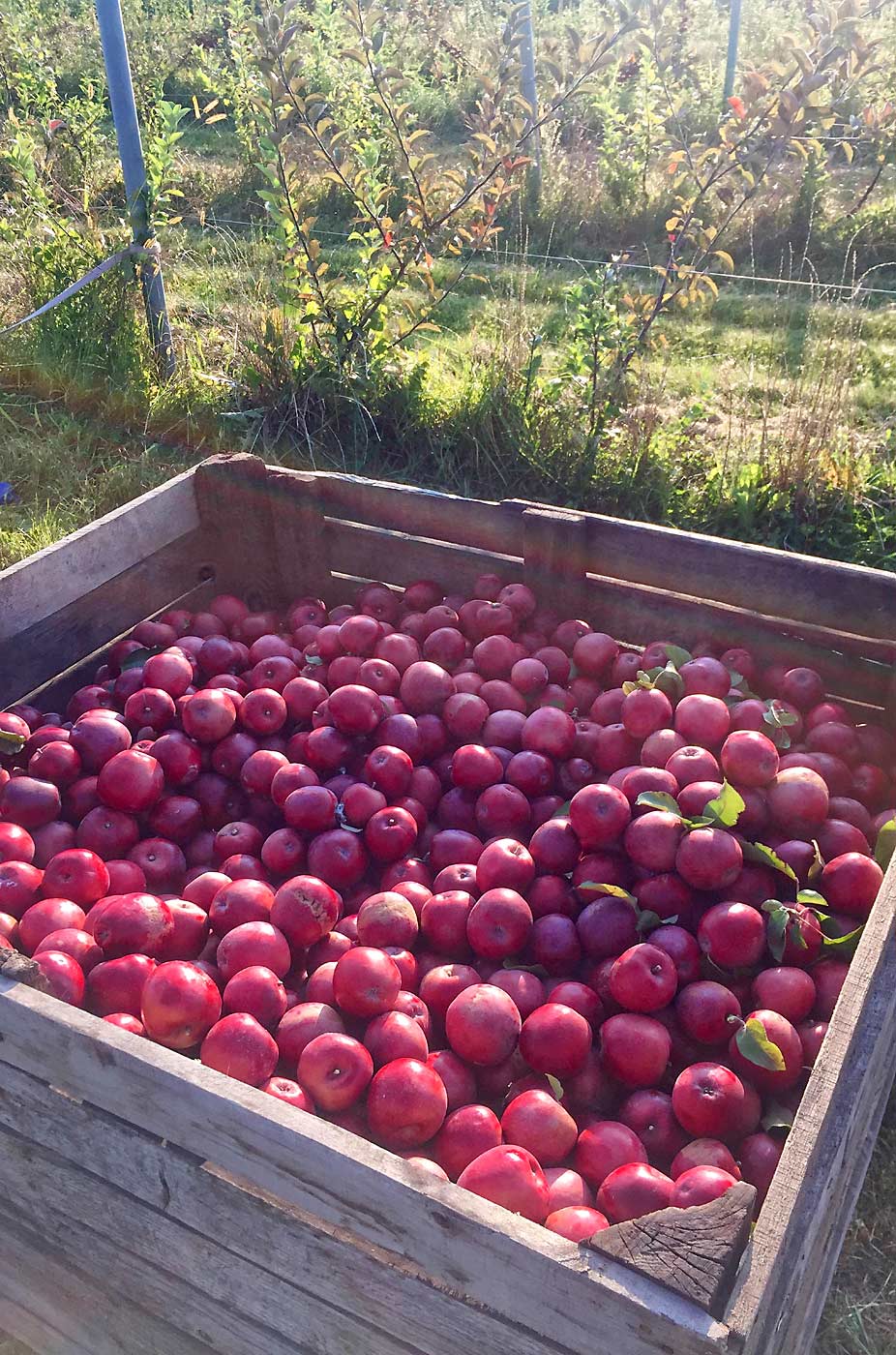
Cranberry, on the other hand, doesn’t seem well-suited for a single-variety cider. It’s got a “really interesting cranberry-like flavor and aroma,” but it’s extremely acidic, he said.
Van Nocker likes Cranberry’s potential in a sweet cider blend, to add not only a red color but an unusual flavor.
“It doesn’t add sweetness,” van Nocker said. “It adds just enough bitterness to make it kind of interesting.”
Van Nocker plans to make more red-fleshed apples available to sweet cider producers later this year. •
—by Matt Milkovich
Related:
—Rosé cider anyone?
—Scientists trace red-flesh genes






Hot weather apple cultivation varieties please?
Which apple verity is suitable for hot zone 13?